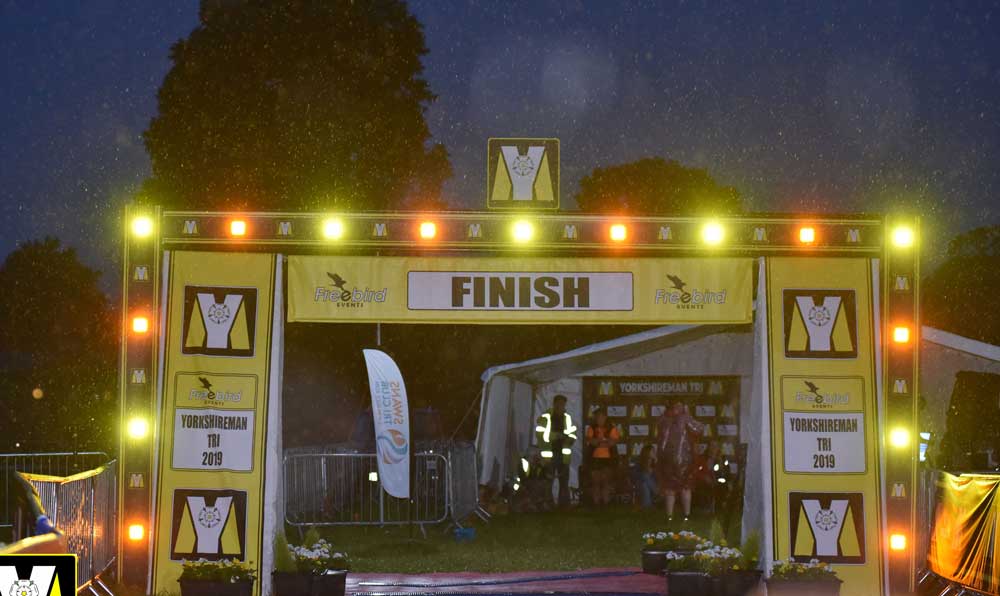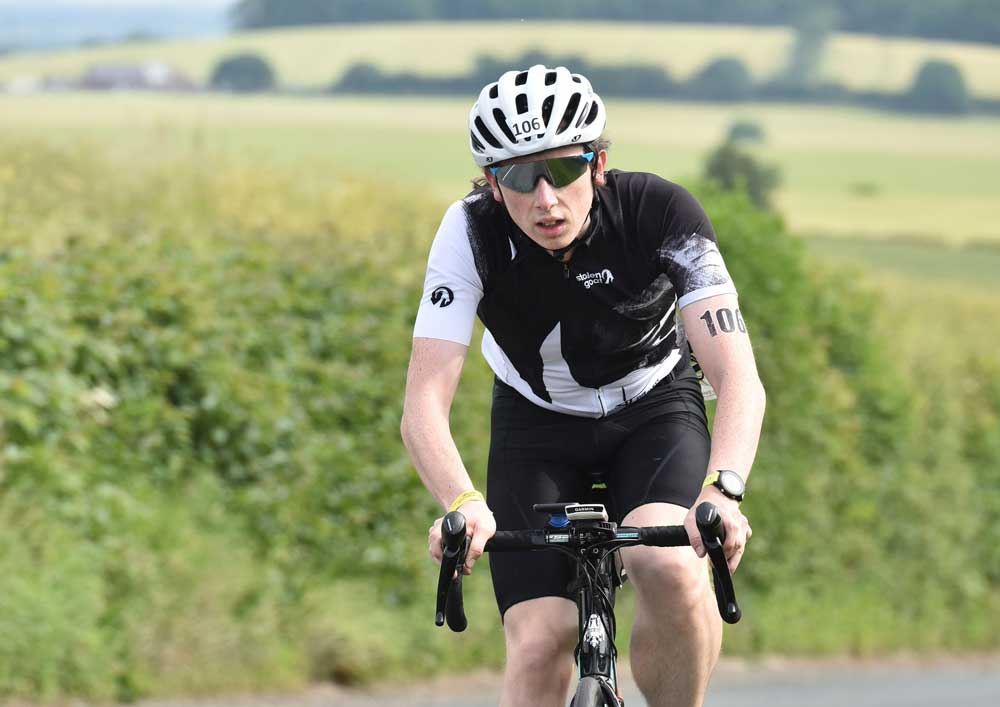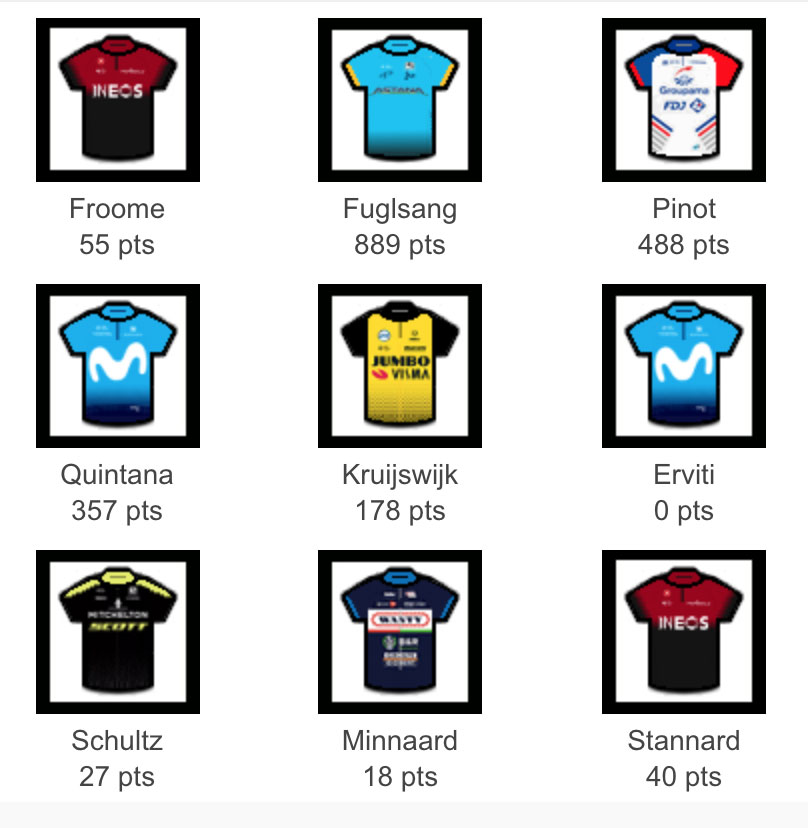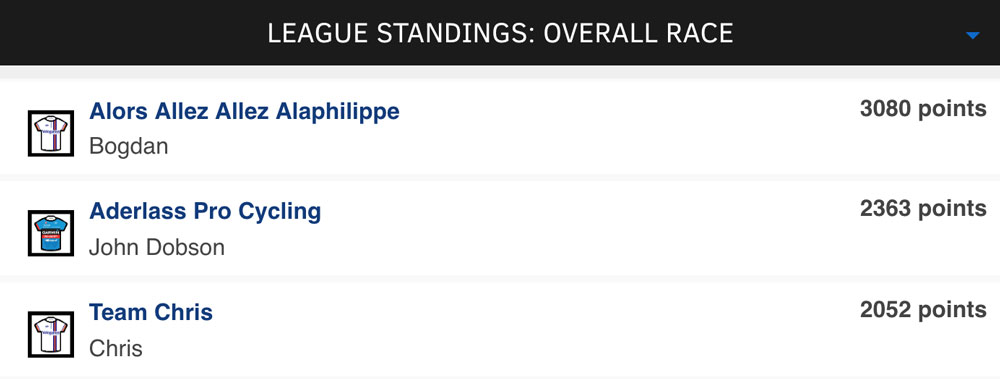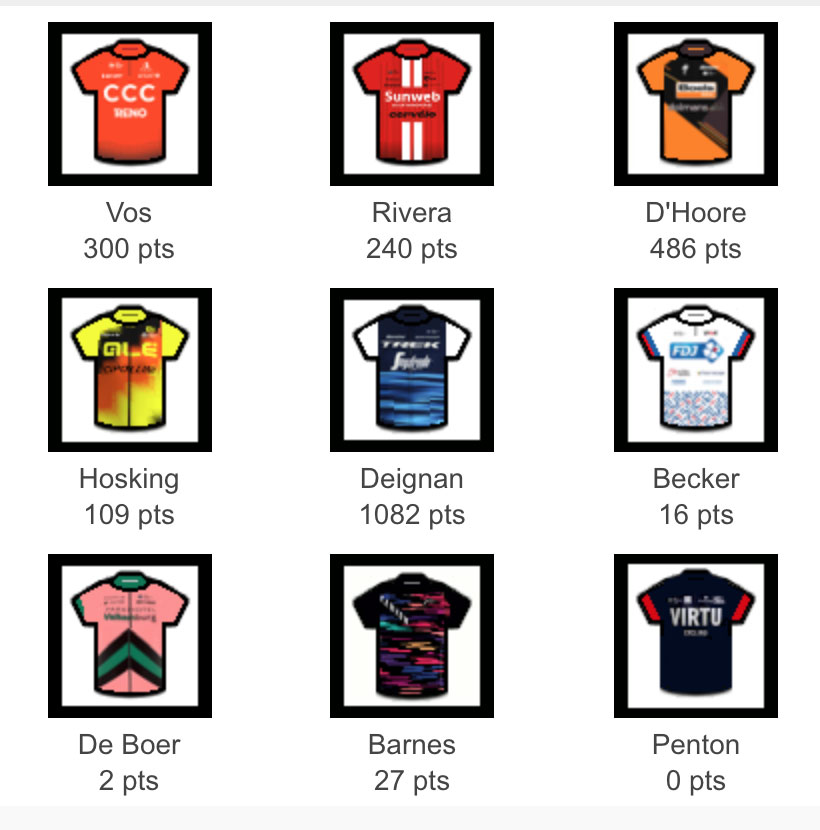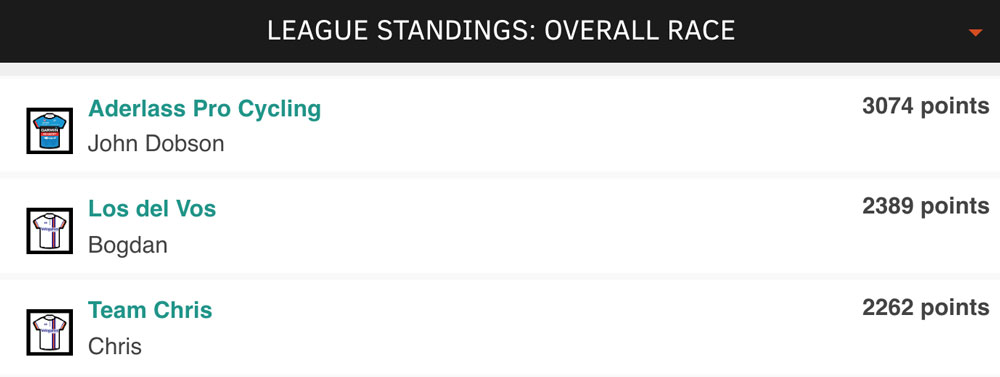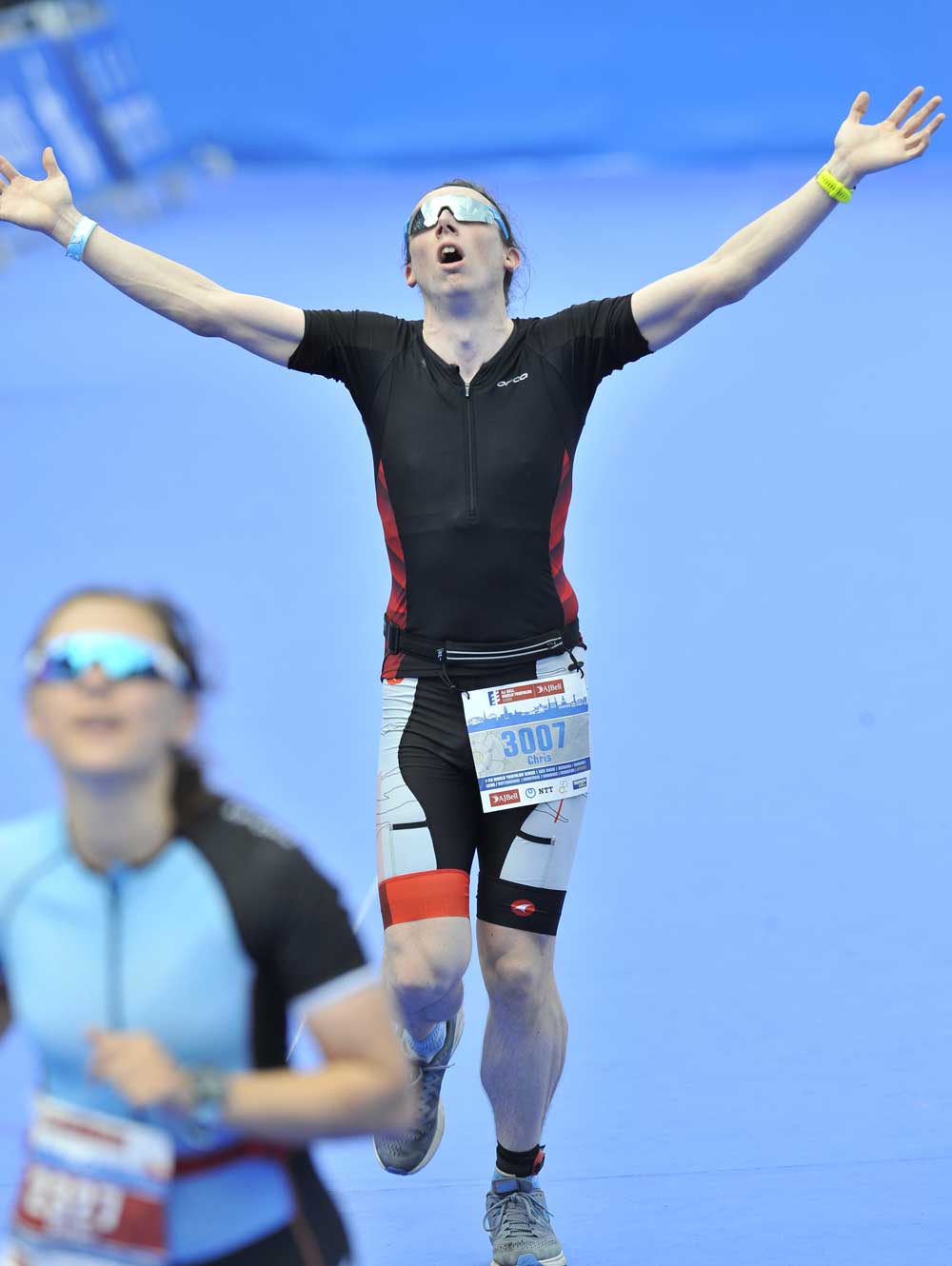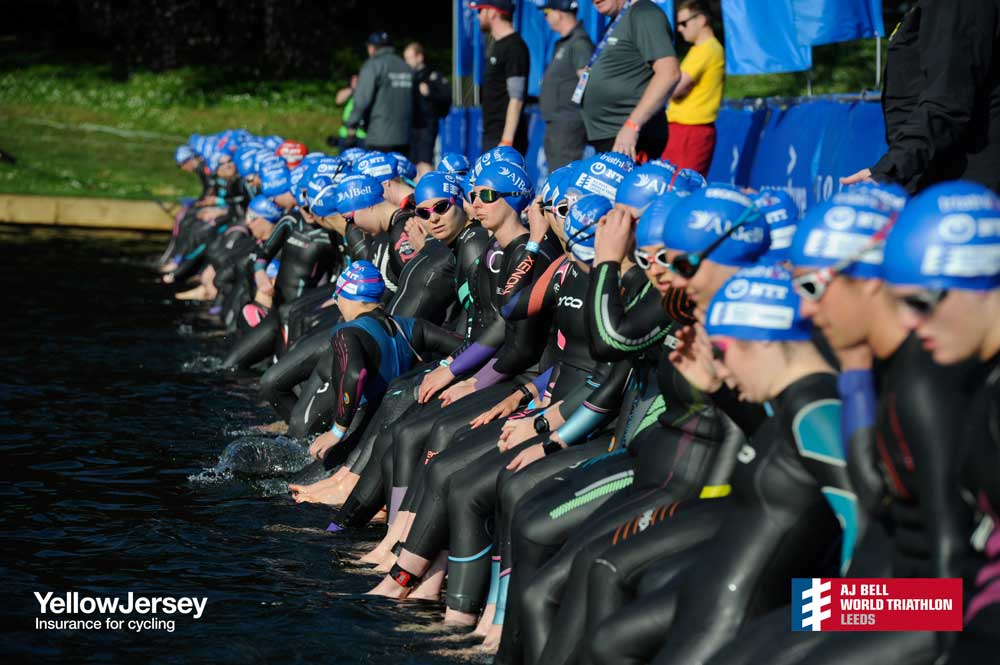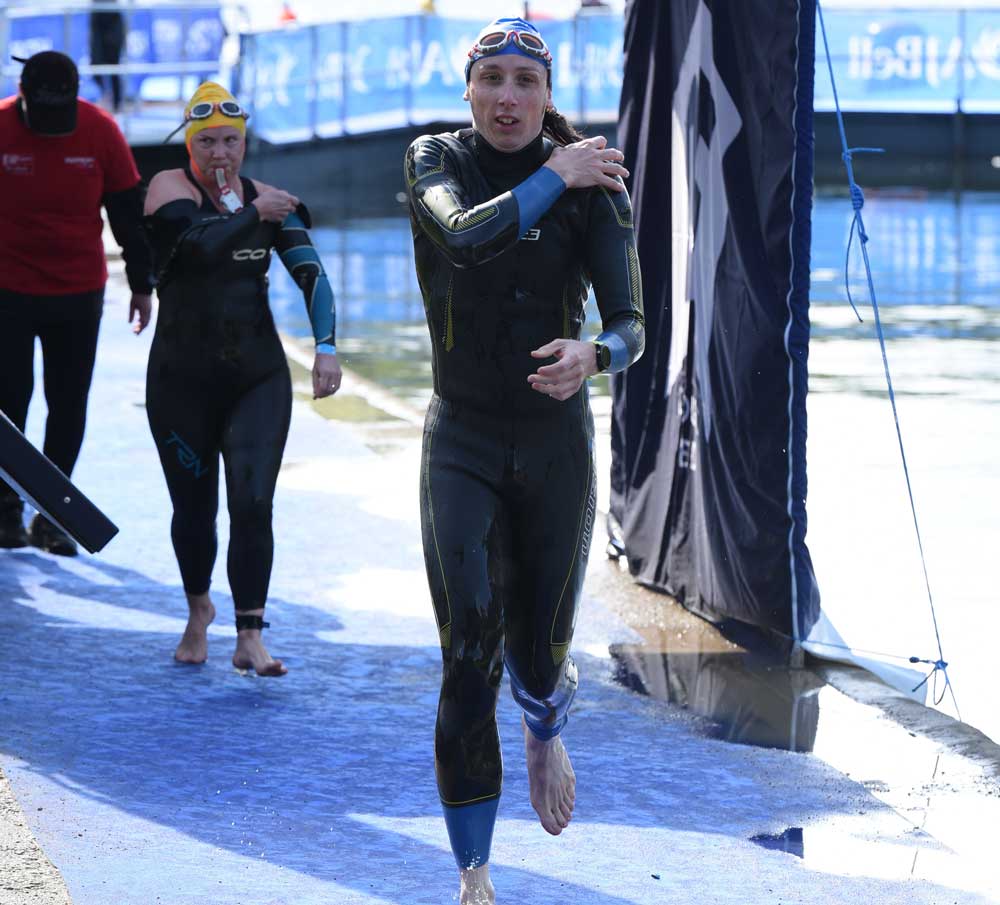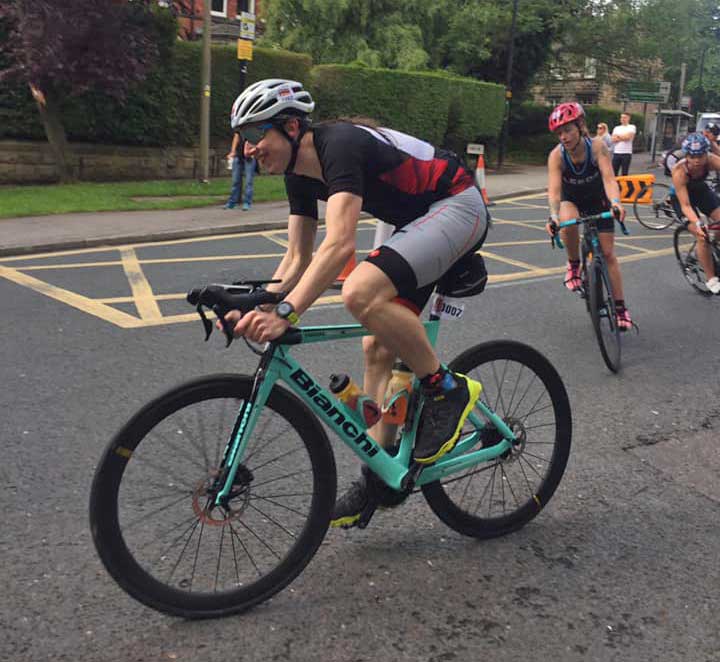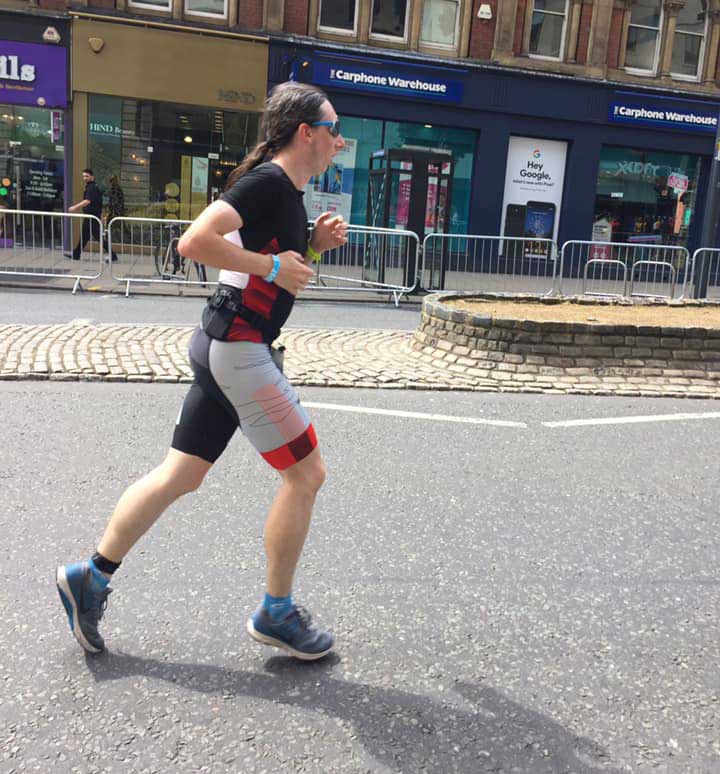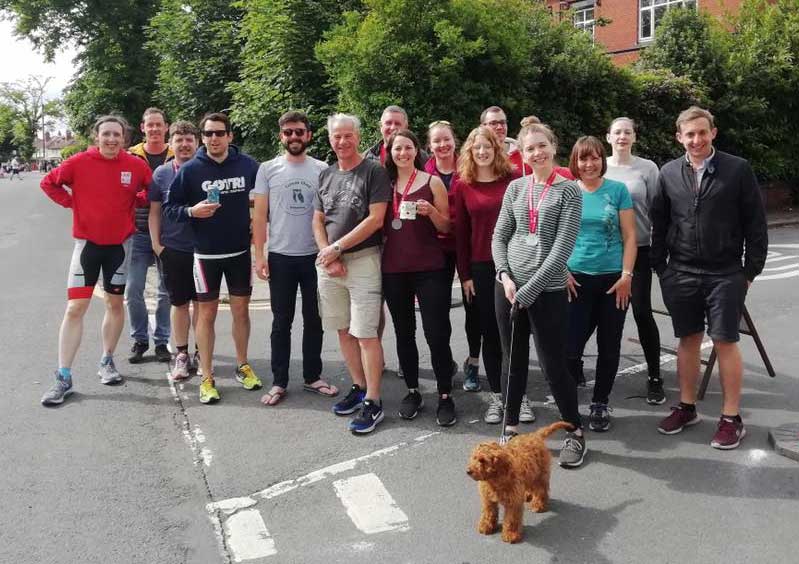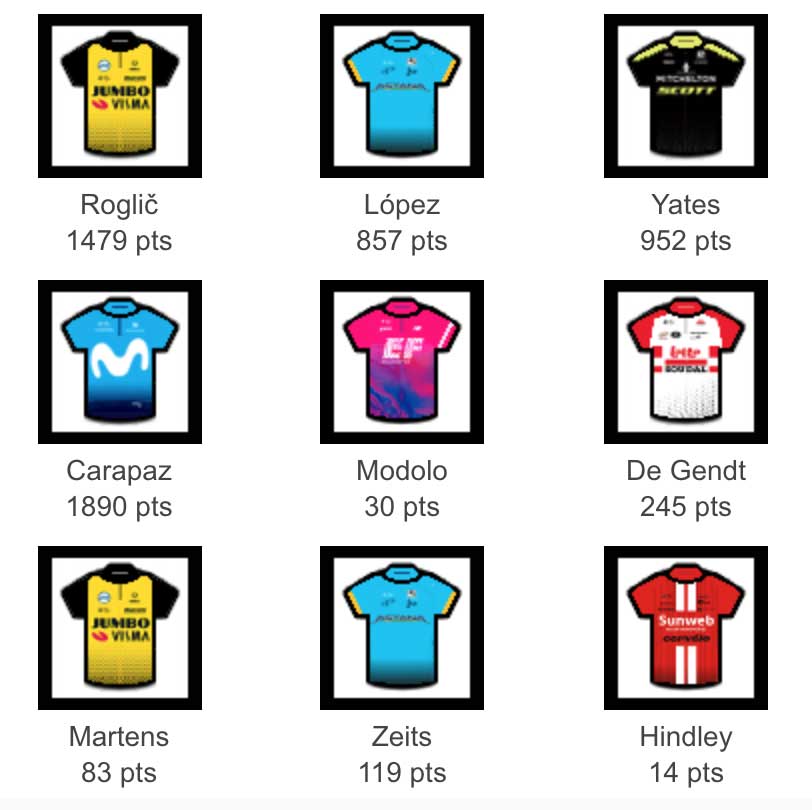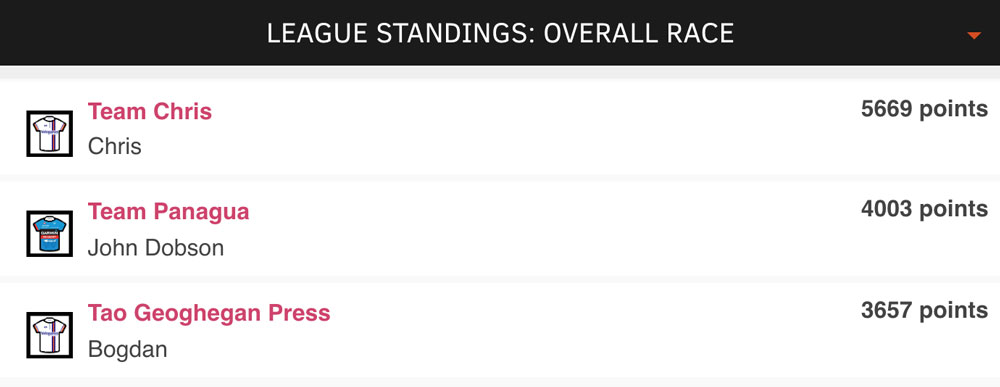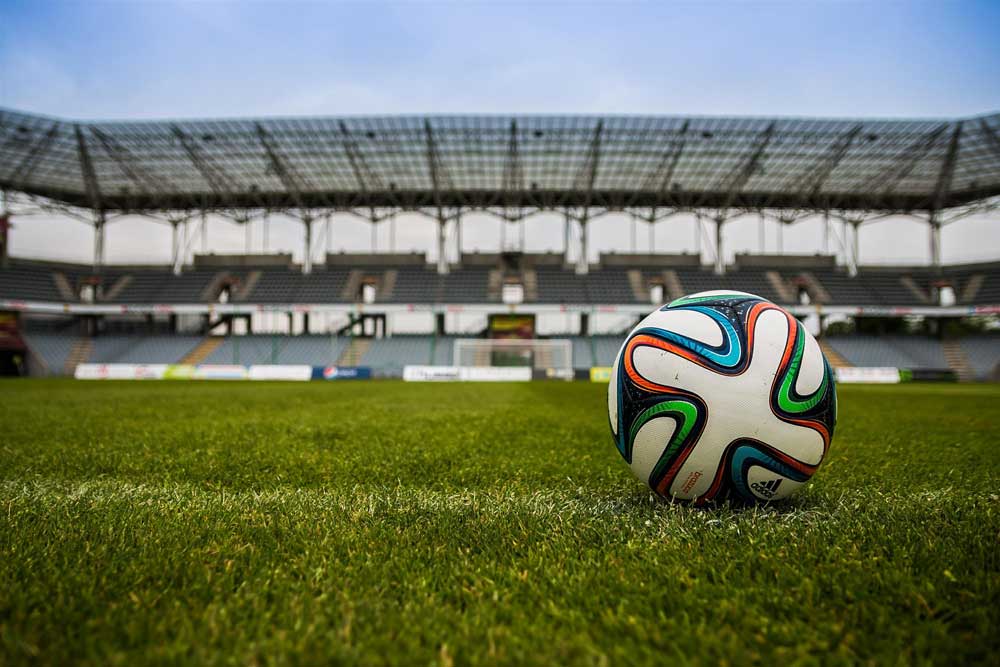
Last Sunday, I completed my first full distance triathlon. Full distance, also known as iron or Ironman, is a 3.8km swim, followed by a 180km cycle, and finishes with a marathon. It takes the elites about eight hours while normal people get 17 hours to complete it before the cut-off.
It’s been a crazy few years. In 2017, I saw the Ironman World Championships pop up in my Facebook feed. I didn’t really know what it was, but I watched it and thought “that looks cool”. One month later, I did a GO TRI at Temple Newsam. This was followed by a sprint distance in April, a standard distance in May and a middle distance in September.
It was never supposed to happen this fast. But then Freebird announced they were launching a full distance race in Yorkshire, named The Yorkshireman, and I decided the opportunity to take part in the first Yorkshireman was not to be missed.
Pre-race
I arrived on Saturday as we were camping the day before and of the race. The campsite was a bit of a walk from the event village but had toilets and showers. There were no queues at registration but there was a mandatory 20-minute race briefing video to watch.
Once that was done I was able to rack my bike and my bags. I was worried the bags would be a bit small to fit all of my kit in as I was doing a full costume change between disciplines. However, they were very generously sized. We were also able to go down and see the swim start with a guided tour taking place every hour.
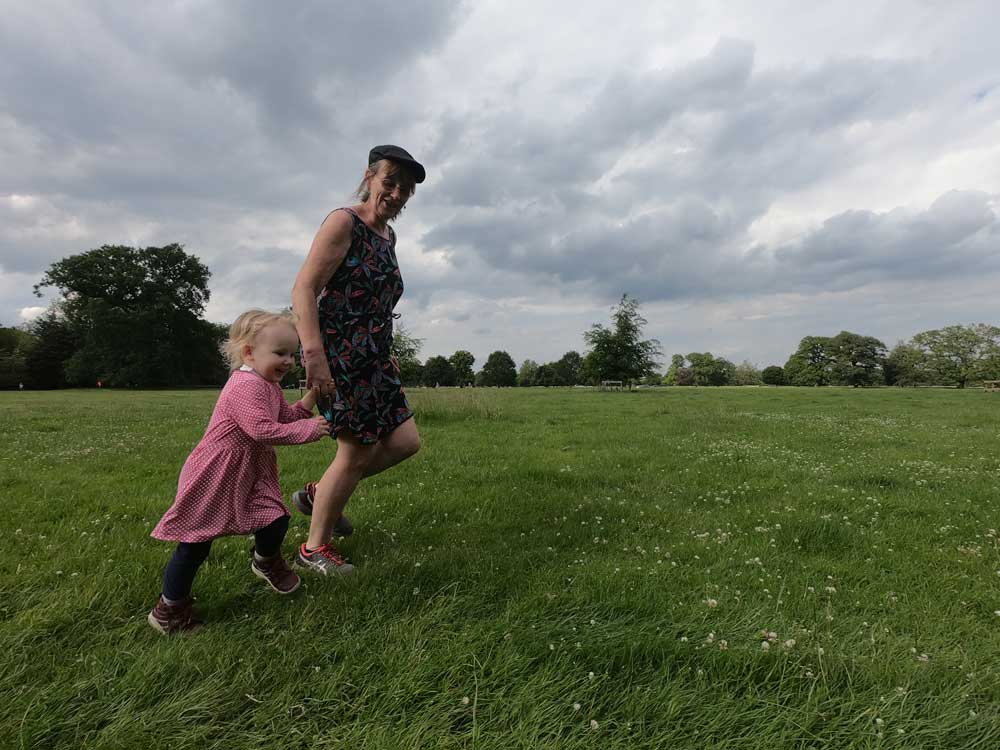
We took part in the inaugural flat cap run, which was predominantly an event for children. It was a 900-metre run starting and finishing at the event finish line. Venla picked up the lantern rouge but also won her age group as she was the only toddler taking part.
I got to bed about 9pm but it was an hour before we got Venla to sleep and a bit longer until I drifted off. I got up at 4:30 and had some cereal and half a banana before heading down to the race start. Oh, and two immodium tablets. Never forget the immodium before a big race.
The swim
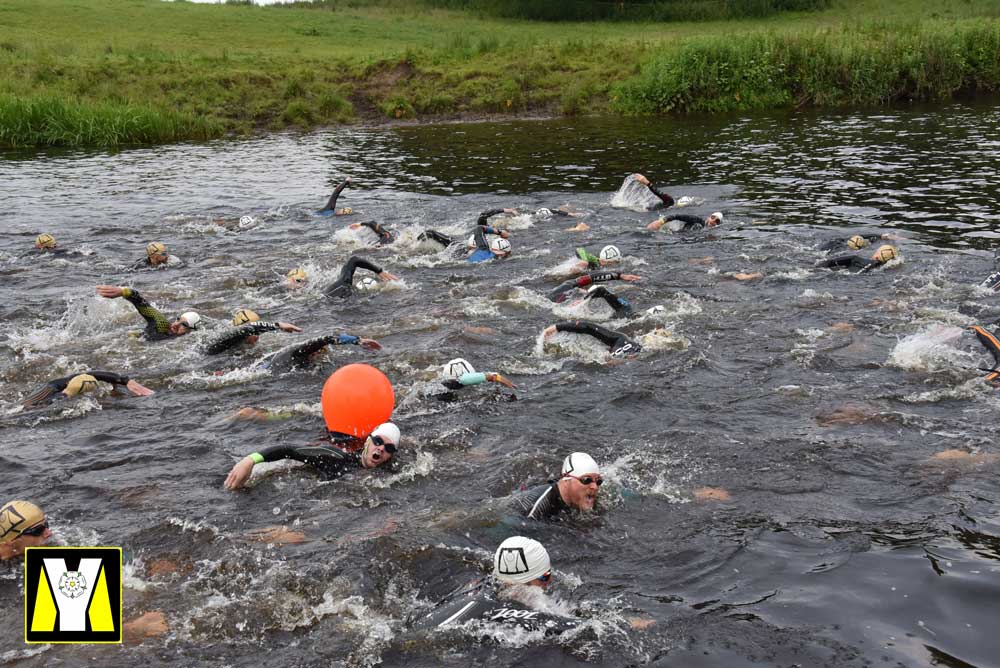
The swim was the hardest part of the race and the hardest swim I have ever done.
We gathered by the river bank and my parents appeared to cheer me on. As we jumped into the water I made my way to the back of the pack and jokingly asked “is this where the normal people start?” which gave us all a giggle.
The swim started with a long stretch upstream. The current wasn’t strong but it was noticeable. I tried to keep to the side to stay out of the fastest current but in doing so I kicked a concrete jetty and hurt my foot. At the turnaround bouy, I stopped to do a gel.
On the way back I tried to keep more central but still struggled. I was tired, aching and cold. I tried to speed up at one point but almost immediately cramped up and had to get some help from the water safety crew. So much for the gel seeing that off.
Worse, I had drunk so much of the River Ure by this point that my bladder was bursting. You may want to skip to the bike section if you don’t want graphic detail. Every stroke felt like I was being kicked in the bladder. You might think “well, why not just go, you’re in a river after all”. I would agree, but if you have ever tried to wee in a wetsuit, you will know how difficult it is.
Twenty years of being an adult have taught me not to wee myself. You need to relax. But you cannot relax while you’re swimming. Even if you stop and tread water it is super difficult. I had even practised in some of my open water sessions but not been able to do it.
To complete the swim, I needed to get back to the start then go downstream and back up again to complete the final 400 metres.
Unfortunately, by this point I was in so much pain, so cold and so fed up that I thought about giving up. I stopped to tread water and decide what to do. “Just swim over to the jetty and all the pain will be over,” a voice said to me. I seriously considered it.
Somehow, I convinced myself to struggle on. Reminding myself of the six months of training helped. As I made it to the final buoy, my bladder decided it had had enough and finally opened unconditionally. I think I emptied half of the River Ure back into it. I shouted “come on Chris, you can do this” and the water safety crew took up the chant, too, cheering me on.
Transition 1
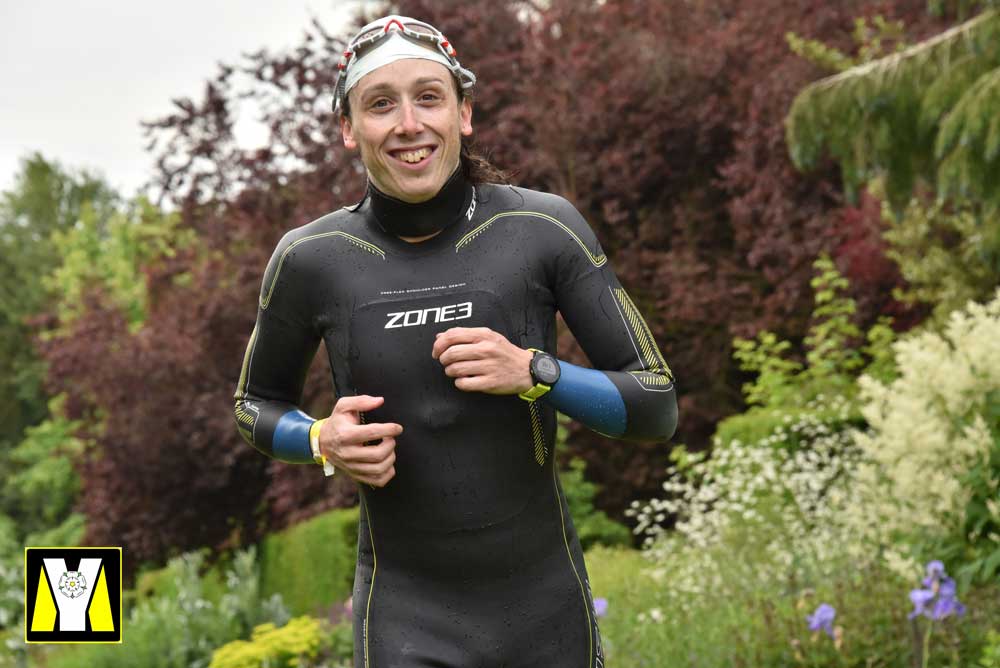
I was helped out of the water two hours after I had jumped in. There were less than 100 of us doing the full distance, but nearly 500 doing the half and by a stroke of good luck for me, they started two hours after. Thus, as I was hauled out of the water, hundreds of middle distance athletes who were waiting to get into the water clapped and cheered me on.
I managed a bit of a run into the transition tent, collected my bag and collapsed into a chair in the changing area. The guy sat next to me had brought a supermarket pot of pasta and a fork to eat it with. I took a second bathroom break to empty the remaining River Ure out and then collected my bike and set off on the road.
The bike
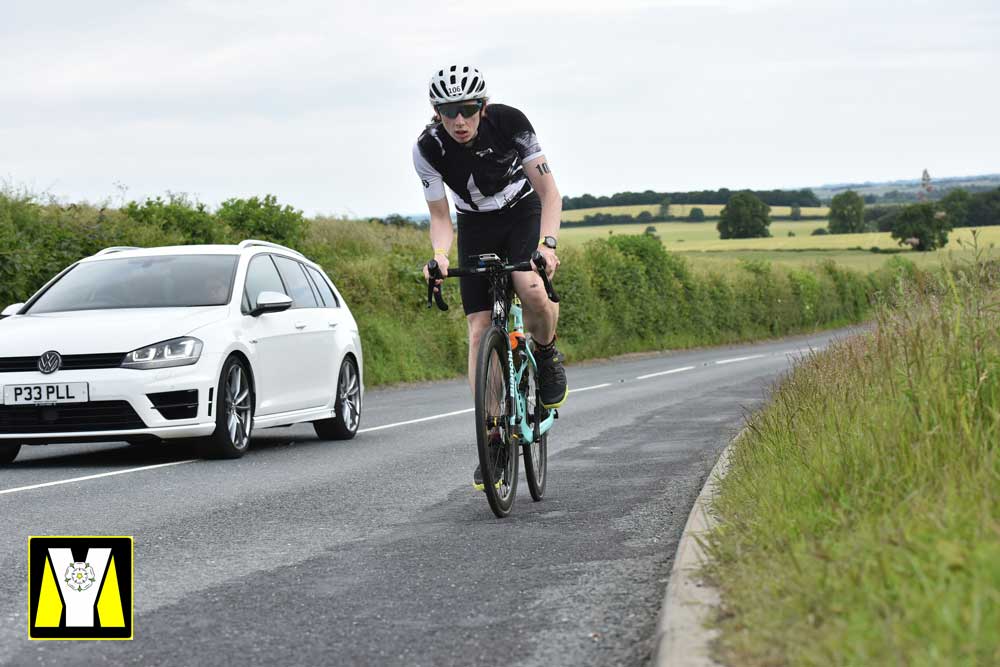
180km (112 miles) is a long way. I had ridden two 160km rides in the build-up to the race but this would by a small margin be my longest ride ever. Pretty quickly into the bike I realised I wouldn’t be hitting my nutrition targets as my stomach didn’t want to tolerate so much food. I stopped every 15km to stretch my back out and used those opportunities to eat, too. That made for roughly 12 stops and I counted down.
The weather was mixed. Early on the sun came out and I spent some time at one stop putting suncream on. Later on, it looked like it was going to rain, although it held off throughout the bike.
The bike section consisted of an out section, three loops and a back. There was a feed station on the loop which I used to change my two sports drink bottles for another sports drink and a water bottle. I also took a bathroom break on the final lap.
As well as my scheduled stops, I stopped twice to help people. One guy had got his chain jammed in his front cassette. I couldn’t offer much but moral support and go back to the marshall nearby, but he sent me a message after the race to thank you for stopping. The second time, some poor guy on the half had accidentally done the bike loop twice, rather than once, and was now lost.
Frustratingly, on both occasions, Garmin put me on the previous lap, so I had to calculate my own distance to go from then on. My Garmin also crashed about 10 minutes into the ride but luckily restarted after another five minutes and worked okay from them on (apart from the distance issue).
Parts of it were long and boring. I used my mindfulness practice, and occasionally a bit of singing. A mixture of rock and Eurovision. Sometimes I wanted to give up, especially when it was time to start another lap. I could come back and try again next year. But I reminded myself that if I did that, I would have to do that damn swim again.
Towards the end, I was getting hungry and my back was really hurting so I stopped at 30km, 20km and 10km before finally making it back.
Transition 2
On returning transition, I got the pro treatment as they were racking everyone’s bikes for them. I grabbed my bag, threw my running kit on and headed out, finding my family at the exit to transition waiting to wave me off.
Unfortunately, they had to wait a little longer as immediately turned to take yet another bathroom stop, before finally starting my run.
The run
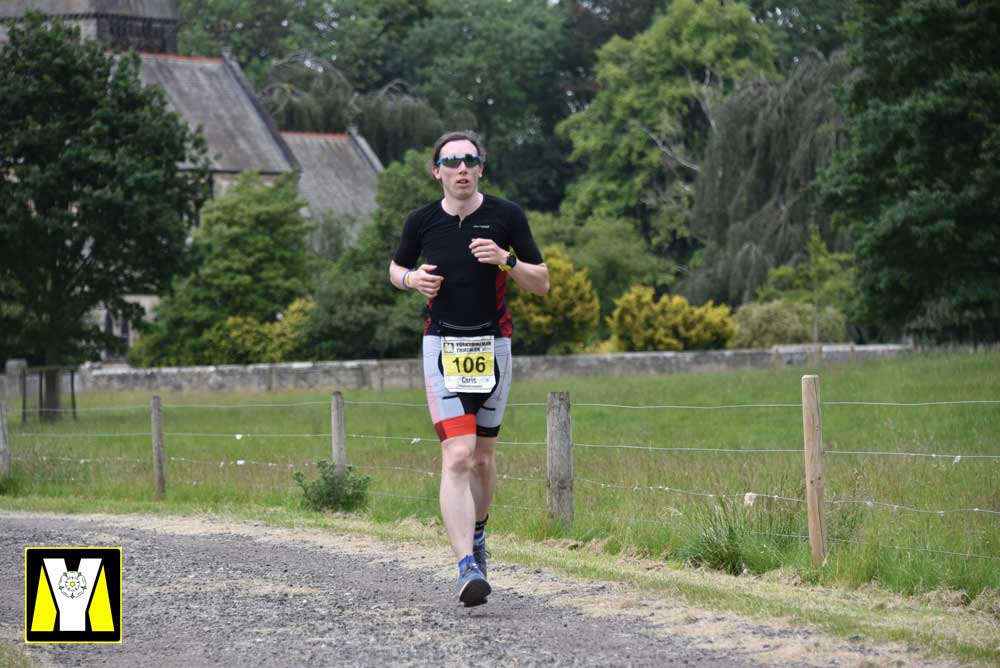
By this point, it was 4pm. I had until 11pm to complete the race but if you were starting your final lap after 9pm you had to do a slightly different route. Even though it was the same length, I wanted to do the “real” route, so I figured if I put in two speedy laps I could walk the remaining two and still do that.
At the first feed stop, I grabbed some energy drink, jelly babies and crisps. I began running at an easy pace of around 6:30 per kilometre and decided to walk each aid station where I would do another cup of energy drink. I completed the first two laps in around 1:10:00 per lap. Each time I came back into the grounds my family were there to cheer me on.
In my pre-race plan, I had banned myself from having any caffeine until halfway through the run. So, I was pleased to arrive on the third lap and start replacing my energy drink for coke. I did some more maths and realised that if I put in another lap of 1:10:00 I could walk the final lap and still do a sub-5-hour run split and sub-15-hour overall. So, I kept running.
As I finished the third lap, I took a final bathroom break just as it started to rain. Luckily it was only light with the heavier rain staying away until just after I finished. I walked for a bit, chatting with a guy who was also doing his first full distance.
But I couldn’t stick with walking. I was feeling alive. I was actually going to finish this thing. Although I started mixing in some more walking, I did some of my fastest running here, too, putting in several sub-6-minute kilometres.
The finish
As I entered the grounds for the final time, my dad met me a few hundred metres from the finish and we ran side-by-side to the rest of my family and then joined into one big group to cross the line together.
It felt surreal. It was amazing, of course, but also it didn’t really sink in straight away. And despite the excitement, you’re also utterly empty, you feel sick and tired and everything aches.
I collected my medal, my t-shirt and my time. We then went to the registration tent so I could get a massage and eat some food. My parents had brought the car down so that my mum could drive me back to the campsite. Venla was so excited that she was running around until midnight.
I was pretty wired, too. Between the excitement, the caffeine and sound of the rain on the tent, I tried and failed to sleep until 2am. At that point, I gave up and went and sat in my car for two hours and listened to an audiobook. At 4am, I finally managed to fall asleep and slept until 8-9ish.
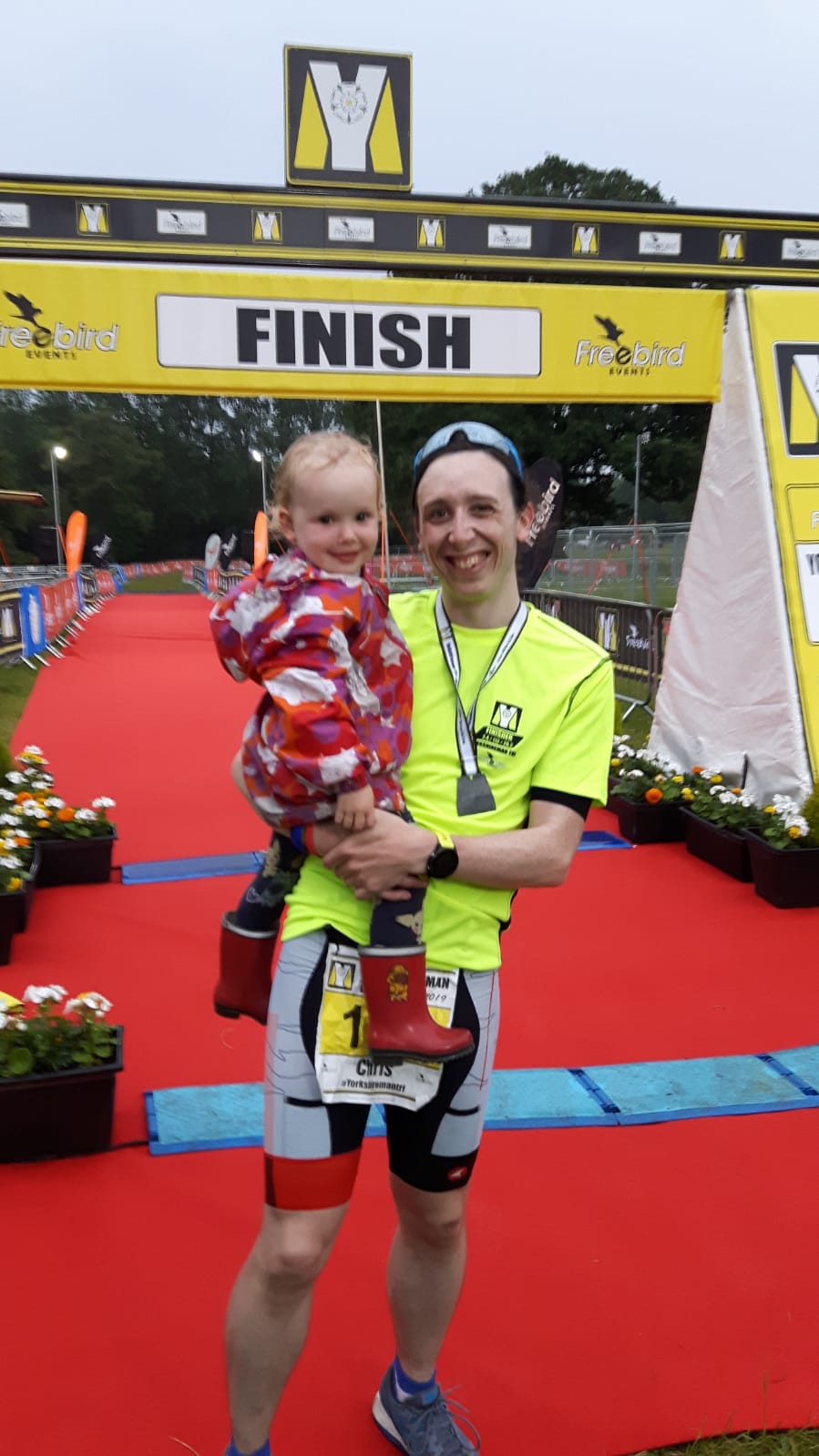
Recovery
When J woke up on Monday, I felt pretty tired and ill. I managed a slice of toast albeit very slowly. We drove back to Leeds and went to McDonald’s for lunch, which I found a big struggle to get down, too. It was only that evening I felt I could eat normally again.
Then there was the soreness. I got another massage on Tuesday, but my legs and back continued to ache for the next week.
The result
The headline figure was my overall time:
14:35:12
My spreadsheet put me anywhere from 14.25 hours to 16.75 hours. But I didn’t really believe this was possible. I was sure it would be longer. So, it was a lovely surprise to get it down to the lower end of the estimates.
In terms of placing, this put me 56th overall. 93 registered, but only 79 started and only 70 finished. Surprisingly, this put me 3rd in my age group. It was out of a total of 6 but I will take a top half finish! The winner, Chris Cope, finished in 09:28:02, 45 minutes ahead of anyone else.
My splits were as follows:
| Section |
Time |
| Swim |
01:59:17 |
| T1 |
00:16:11 |
| Bike |
07:31:12 |
| T2 |
00:08:23 |
| Run |
04:40:07 |
| Total |
14:35:12 |
That gave me the 30th fastest run split, which again I’m pretty pleased to be in the top half.
And one more record for the books: apparently, I am the first official Hyde Park Harrier to complete a full distance triathlon (i.e. the first member to race under the club name to do so).
Event organisation
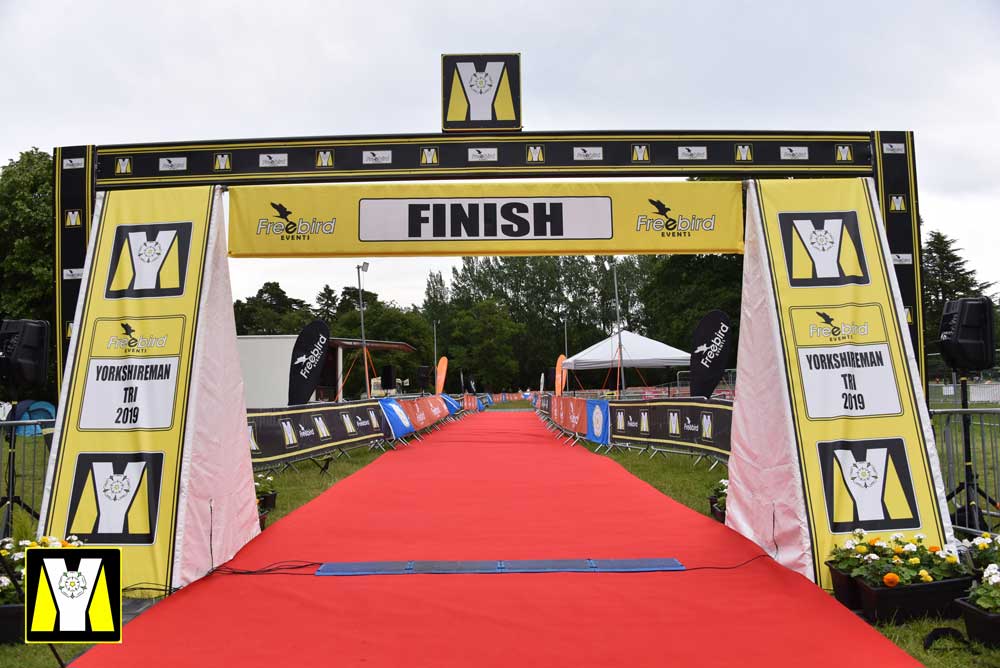
The event organisation was first class. From the moment we arrived at Newby Hall there were staff and marshalls everywhere. And they knew what was going on. There was no queue for registration. There were people helping out and showing you where everything was in transition. There were marshalls on every junction of the 140.6-mile course (well, there were loops, but it’s still a lot of course) and three people on each feed station handing out drinks.
Everyone was encouraging and friendly. They printed out names on our race numbers and the marshalls used them to cheer us on by name. The event village felt pro quality and there were plenty of toilets, the lack of which really annoys me at other races.
In short, Freebird did an amazing job organising it.
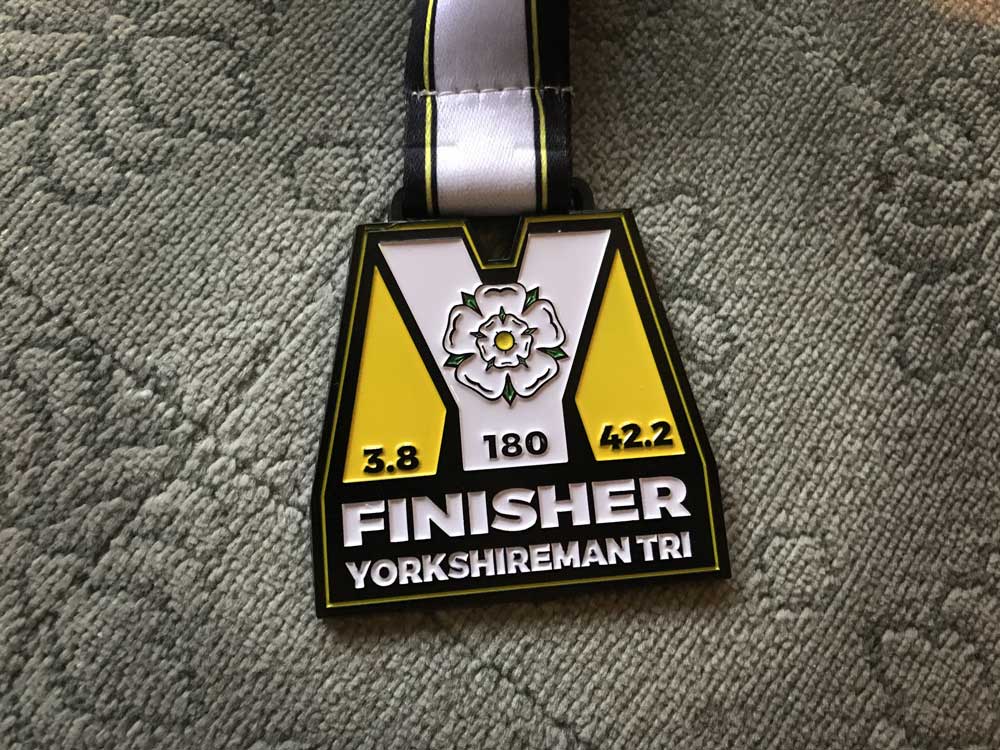
Another highlight of the race: the medal was in metric!
Thank yous
A bunch of people to thank here:
First, my wife. I made sure to seek her permission before signing up for the race because ten hours of training per week is a huge amount of training. I don’t think I shirked my share of looking after Venla, but it did mean that when it wasn’t my turn, I was invariably out training rather than spending time with her.
Second, my parents. They came for the weekend, were up at 6am to cheer me on at the start and still there at 9pm. They were there when I finished the bike and for every lap of the run. When they weren’t cheering me on they were bringing their car up to drive me back to the campsite or cooking me some post-race sausages. They were the ultimate support crew.
Third, everyone at Hyde Park Harriers triathlon club for the encouragement over the last two years.
And finally, all of the marshalls, volunteers and team at Freebird Events for putting on such an awesome race.
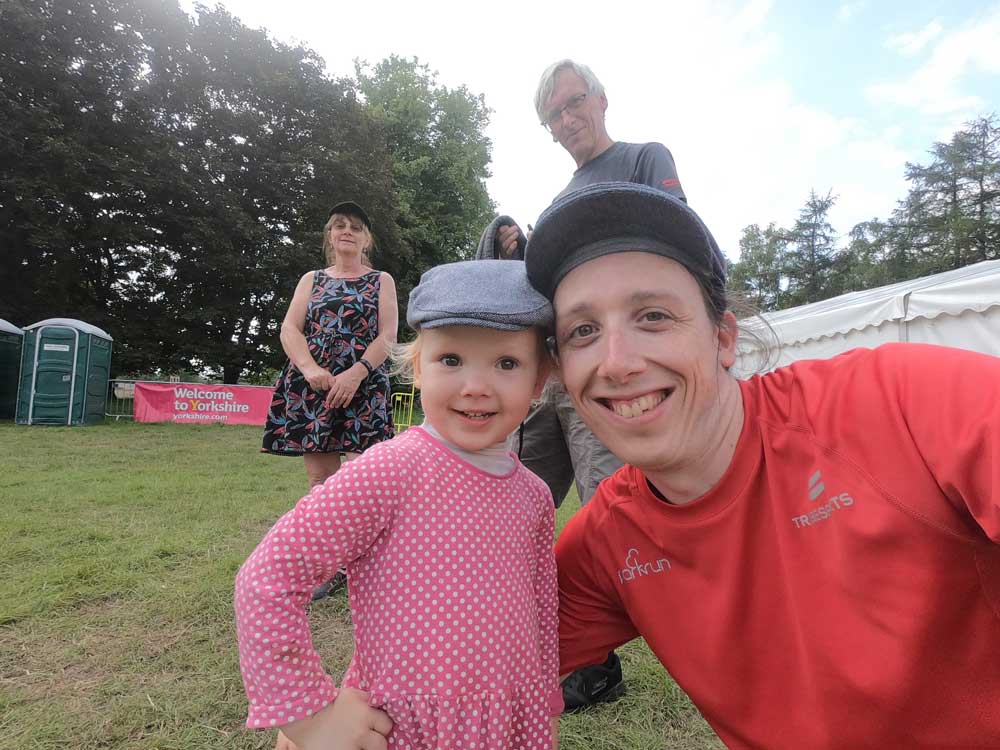
Summary
Now that I have had a chance for it to sink in, I am super proud be an ironman (well, technically, a Yorkshireman).
A lot of people have asked me “are you going to do another one?” The answer is, I’m not saying never, but I don’t have any plans. It hasn’t put me off. But I would need to get my swim sorted before doing another. And it is a lot of training to commit to. Finishing a marathon didn’t inspire me to do anymore and I’m not sure this will, either. But I’ll see how I feel next year.
Would I recommend full distance? No, because I don’t want you blaming me when you get halfway through a race and decide to curse my name :D.
Further reading
I have separate blog posts on fuelling for the race and how do you keep going for 14 hours.
